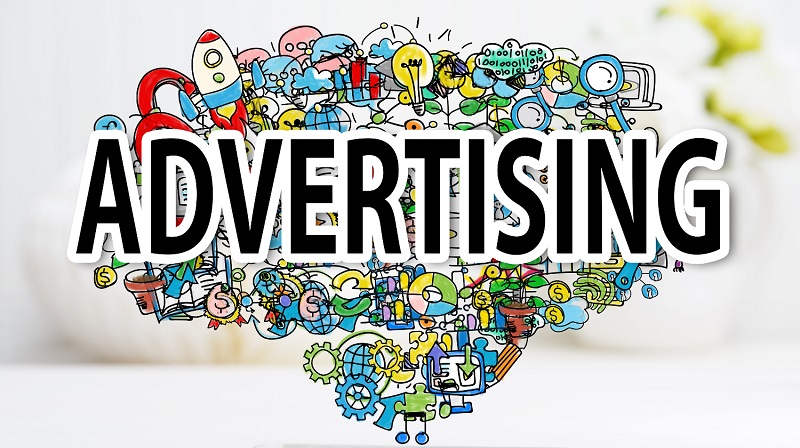Advertising has become an essential part of any successful business strategy. It helps companies reach their target audience, increase brand awareness, and drive sales. With the advent of new technologies and the rise of the digital age, advertising has evolved and expanded into various forms. Ingur Gitate will explore 13 types of advertising that are widely used in the industry, ranging from traditional methods to the latest digital trends.
1. Traditional Advertising
Traditional advertising refers to the conventional methods of promoting products or services, which have been in use for decades. These include print advertising, broadcast advertising, and outdoor advertising. While digital advertising has gained popularity in recent years, traditional advertising still holds its ground and continues to be effective in reaching a wide audience.
2. Print Advertising
Print advertising involves placing advertisements in newspapers, magazines, brochures, and other printed materials. It allows businesses to target specific publications and reach a specific demographic. Print ads can be visually appealing and provide detailed information about products or services.
3. Broadcast Advertising
Broadcast advertising utilizes television and radio platforms to deliver promotional messages. Television commercials and radio spots are designed to capture the attention of viewers and listeners during their favorite programs or time slots. Broadcast advertising offers a wide reach and the opportunity to engage consumers through audio and visual storytelling.
4. Outdoor Advertising
Outdoor advertising encompasses various advertising methods placed in public spaces, such as billboards, bus shelters, and transit ads. It aims to attract the attention of people on the move and create brand awareness. Outdoor ads can be highly creative and impactful, making a lasting impression on the audience.
5. Digital Advertising
Digital advertising has revolutionized the advertising industry, allowing businesses to reach a global audience through online platforms. It includes various forms such as display ads, search engine marketing, and social media advertising. Digital advertising offers precise targeting options, real-time analytics, and the ability to interact with consumers directly.
6. Social Media Advertising
Social media advertising involves promoting products or services on popular social networking platforms such as Facebook, Instagram, Twitter, and LinkedIn. With billions of active users, social media provides a vast potential audience for businesses. Advertisements on social media can be highly targeted based on users’ interests, demographics, and online behavior.
7. Mobile Advertising
Mobile advertising refers to advertising campaigns designed specifically for mobile devices such as smartphones and tablets. With the increasing use of mobile devices, advertisers have shifted their focus to mobile platforms to reach consumers on the go. Mobile ads can be displayed within mobile apps, websites, or through SMS marketing.
8. Native Advertising
Native advertising is a form of paid advertising that blends seamlessly with the platform’s content, making it less intrusive and more engaging for users. It matches the look and feel of the surrounding content, providing a non-disruptive advertising experience. Native ads can be found on various online platforms, including news websites, social media feeds, and sponsored content.
9. Influencer Marketing
Influencer marketing leverages the popularity and influence of individuals on social media platforms to promote products or services. Influencers, who have a dedicated following and credibility in a particular niche, collaborate with brands to endorse their offerings. Influencer marketing can help businesses tap into specific target audiences and build trust with potential customers.
10. Content Marketing
Content marketing focuses on creating and sharing valuable and relevant content to attract and retain a target audience. It involves producing blog posts, articles, videos, infographics, and other forms of content that provide valuable information or entertainment to consumers. Content marketing aims to build brand awareness, establish credibility, and drive customer engagement.
11. Guerrilla Marketing
Guerrilla marketing employs unconventional and low-cost tactics to create memorable and impactful advertising campaigns. It often involves surprise elements, unconventional locations, and interactive experiences to grab the attention of the audience. Guerrilla marketing relies on creativity and innovation to make a lasting impression on consumers.
12. Email Marketing
Email marketing is the practice of sending targeted emails to a group of individuals who have shown interest in a particular product or service. It is a direct and personalized form of advertising that allows businesses to nurture leads and build relationships with their audience. Effective email marketing campaigns include compelling content, personalized offers, and clear calls to action.
13. Video Marketing
Video marketing involves creating and sharing videos to promote products or services. It can be in the form of commercials, explainer videos, product demos, or testimonials. Video content is highly engaging and has the potential to go viral, increasing brand visibility and attracting a wider audience.
In conclusion, advertising plays a crucial role in the success of businesses by reaching target audiences and driving sales. In this article, we explored eight types of advertising, ranging from traditional methods such as print and broadcast advertising to modern digital strategies like social media and influencer marketing. Each form of advertising offers unique advantages and can be tailored to suit specific business goals and target demographics. By leveraging the power of advertising, businesses can effectively communicate their message, build brand awareness, and ultimately achieve their marketing objectives.

